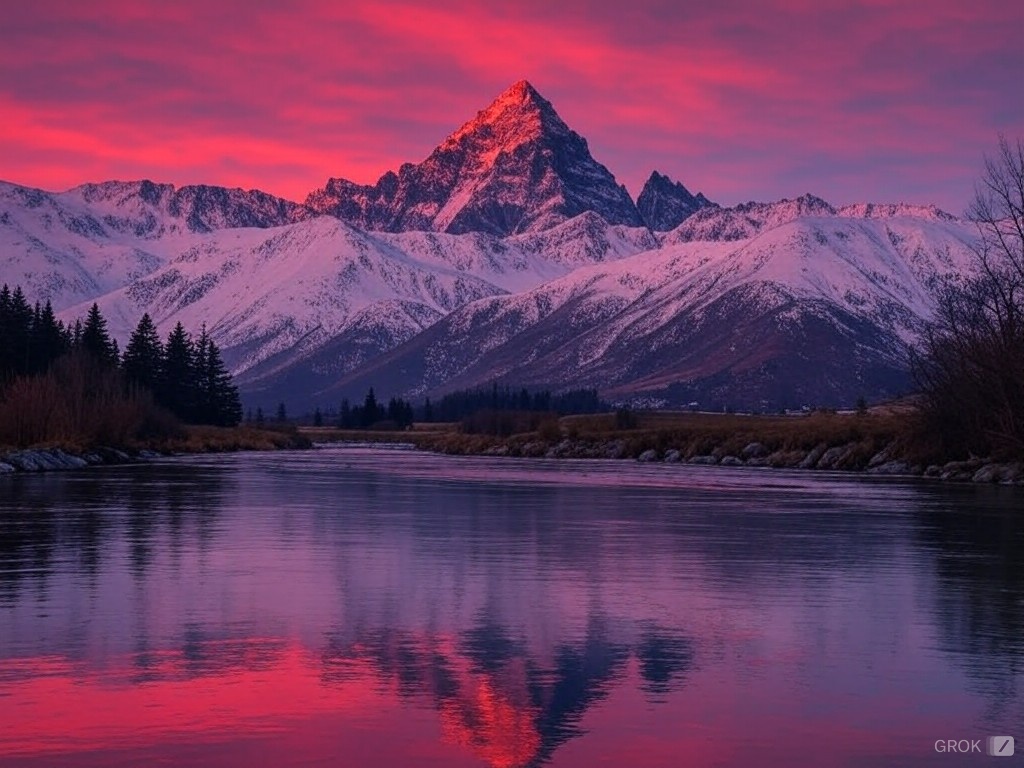Hey there! If you’ve ever spent a lazy afternoon (or five) immersed in a game, marveling at the surreal environments and wondering, “How in the world did they come up with this?”, well, you’re not alone. Creating engaging game environments is a passion of mine, especially when working with Unreal Engine. Yup, Unreal Engine. Just saying it sounds a bit like launching into a sci-fi adventure, doesn’t it?
Let’s dive a bit deeper, shall we? When it comes to 3D game level design, Unreal Engine is kind of like your best buddy. It’s powerful, immensely capable, and it won’t let you down when the going gets tough—or when your creativity hits overdrive. I’ve been messing around with this tool long enough to say it feels more like sculpting a world with code and meshes rather than just crude programming.
For starters, one of the things I absolutely admire about Unreal Engine is its robust Blueprint visual scripting system. It’s like suddenly, you don’t need to be a coding wizard (though it helps if you are) to bring your wildest game ideas to life. Blueprints allow you to play around, experiment, and literally see the flow of game logic right before your eyes. It’s almost magical, watching how complex actions are simplified into interconnected nodes. But hey, don’t take my word for it; try messing up a few times—it’s the best way to learn, trust me!
The Role of Lighting and Textures
Now, let’s talk about setting the mood—yes, lighting and textures, my favorite duo! Crafting the atmosphere of a game level using Unreal Engine’s comprehensive lighting system can really set the stage. It’s a bit like being a director in your own film, except the actors are polygons, and the screenplay is your game script. I remember working on this eerie, abandoned spaceship level, and let me tell you, getting the lighting right to create those haunting shadows and flickering lights was both a nightmare and a thrill. It’s all about the details, right?
Textures, too, play a huge role. Do you go for gritty, realistic surfaces that tell a story of decay, or smooth, futuristic panels straight out of a space opera? Each texture holds the power to transform a bland surface into a story-rich canvas. Sometimes, I find myself overthinking it—is this stone too mossy, is that metal sleek enough? But then again, that’s the beauty of this job; it’s as much about feeling your way through as it is about precise design.
The Joy (and Pain) of Level Flow
Another puzzle piece is the flow of the level. It’s one thing to make a place look pretty; it’s wholly another to lead the player through it intuitively. Ever been in a game level where you just felt lost, or everything seemed to lead nowhere? That’s a designer’s hiccup, honestly. Level flow is like telling a silent story—the turns, the hidden paths, the sudden expansive view after a narrow escape—all meticulously planned to coax specific feelings and reactions. I’ve spent days, sometimes weeks, just tweaking the flow of a single level. It’s a bit maddening but immensely satisfying when players say they felt exactly what you intended. That moment, dear reader, is pure gold.
Well, whether you’re a budding designer feeling a bit overwhelmed by all this or a seasoned creator looking for a new perspective, sometimes talking it out can spark the next big idea. Or maybe you’re more the hands-on type needing a little guidance to harness the power of Unreal Engine for your next game project. Whatever your cup of tea (or coffee, I don’t judge), drop me a line at [email protected].
Let’s make games that resonate, surprise, and most importantly, tell unforgettable stories. Looking forward to building new worlds with you!
